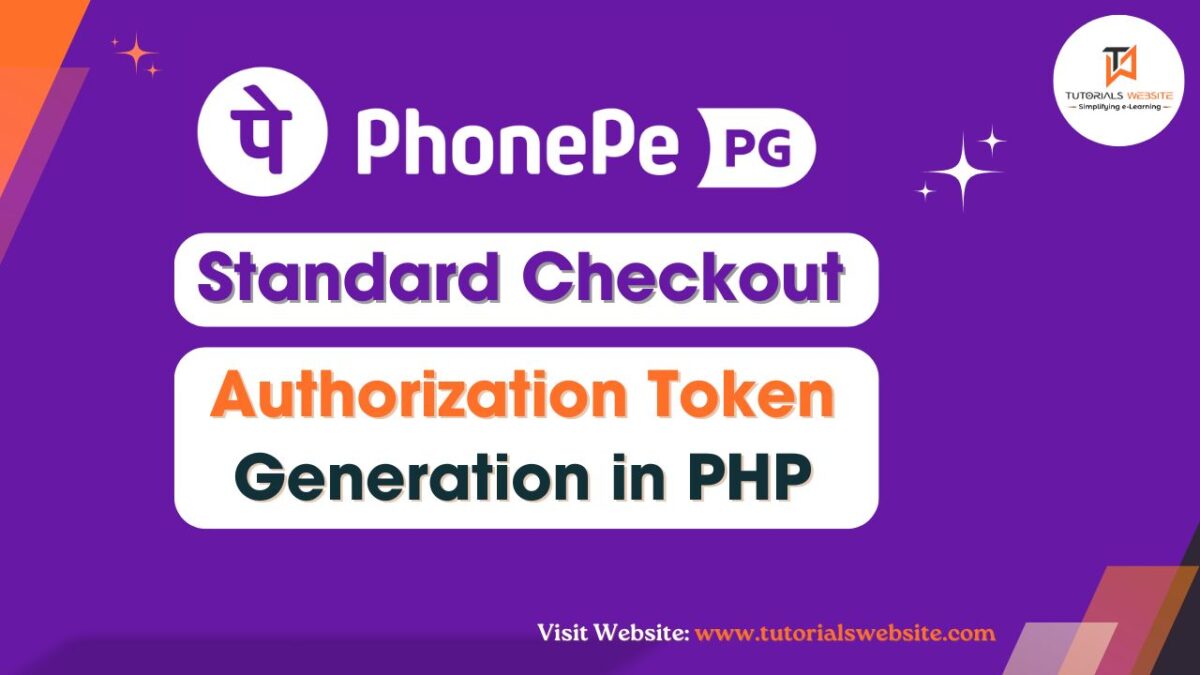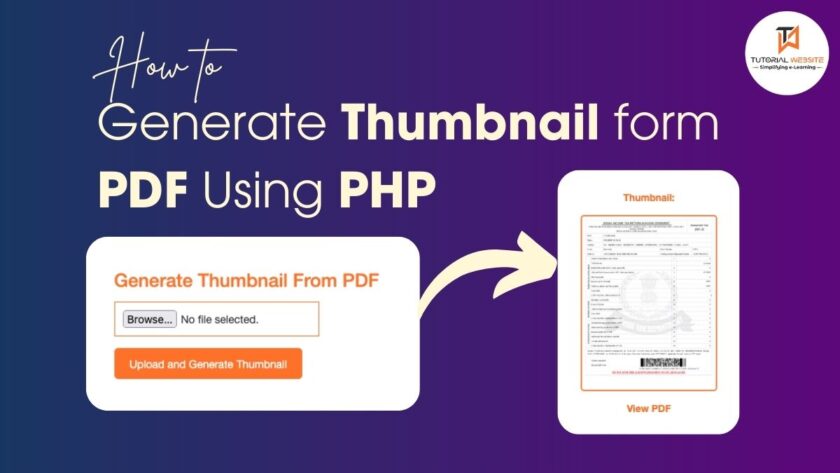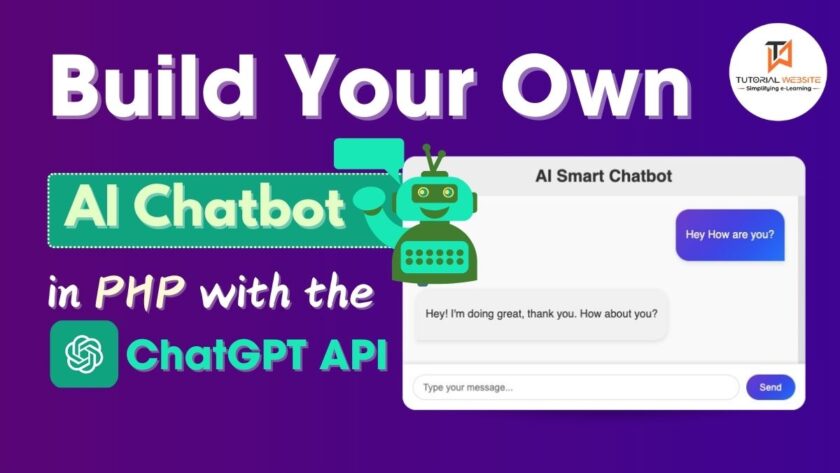Python Web Frameworks
Frameworks make programmers’ lives easier by offering them a structure for app development. Programmers automate the execution of common solutions, reducing development time and allowing programmers to focus on application logic instead of familiar elements.
As it is one of the leading programming languages, there is no shortage of frameworks for Python. Different frameworks have their benefits and limitations. Thus, the selection of frameworks needs to be subject to project requirements and the programmer’s choosing.
Programmers can choose from these three types of Python Frameworks: full-stack, micro-framework, and asynchronous.
Types of Python Frameworks
Full-Stack Framework: It’s a one-stop solution for all developer needs. Form validation, form generators, and template layouts are usually available with a standard full-stack framework.
Microframework: These lightweight frameworks don’t offer additional functionalities and features like database abstraction layer, form validation, and specific tools and libraries. Developers using a microframework need to add many code and other requirements manually.
Asynchronous Framework: Recently gained popularity, any asynchronous framework is a microframework that permits handling an extensive set of concurrent connections. Usually, an asynchronous framework built for Python utilizes the programming language’s Asyncio library.
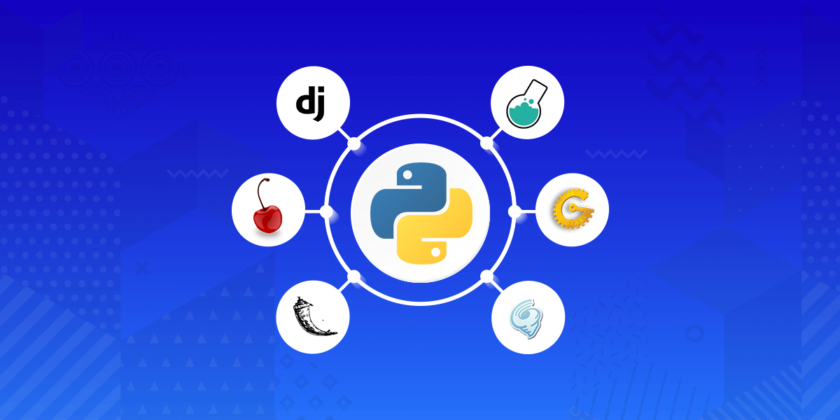
A few things to consider
First, look at the size and complexity of your project before deciding which framework to use. If your app is small and simple, you should consider a microframework. If you want to develop a large system packed with features and requirements, then a full-stack framework could be the right choice.
Second, consider checking the framework if it can scale vertically and horizontally, which you are planning to use. The project needs to run on several servers, handle massive traffic, and support adding new features to enhance functionality.
Once you have chosen a framework, connect with a team of developers and request the estimated cost to develop the app. A final decision should come from understanding your project and the task you like to simplify.
Nevertheless, frameworks can stand in the way of development. You are most often signing up for a set of constraints while selecting a full-stack framework. Sure, you can find ways to work around them but be mindful that you are not struggling as you would have been writing an app in pure Python.
Advantages of Using A Python Framework
Can we write the whole application code in a code editor or Integrated Developer Environments? Why is the framework necessary for Python developers?
Using a framework is very useful when building a web application and website. With an organized code, frameworks increase productivity and streamline the web development process.
These are the advantages of using an open-source Python framework:
- Code reusability
- Effortless implementation
- Good documentation
- Efficient operations
- Protected framework
- Easy Integration
Now you understand what kind of web framework you want to develop with an open-source web application based on Python programming language. There are seven frameworks that can be compared for building your next web project.
Best Python Frameworks To Effectively Develop Web Applications
1. Django

Django is one of the beloved web development frameworks for developing Python applications. In fact, Django is one of the top web development frameworks of 2022. It follows the Don’t Repeat Yourself (DRY) principle.
The open-source and free-to-use full-stack Python framework includes built-in features rather than offering them as individual libraries. Django uses an object-relational mapper (ORM) for mapping objects to database tables.
This allows the code to work across other databases while making it easier to migrate from one database to the other. However, Django has inherent support for MySQL, PostgreSQL, SQLite, and Oracle Database, and it can support other databases through third-party drivers.
Key highlights:
- The plethora of ready-to-use libraries
- Support for Authentication
- Database schema migrations
- Object-relational mapper (ORM)
- Support for web servers
- Template engine
- URL routing
2. Flask
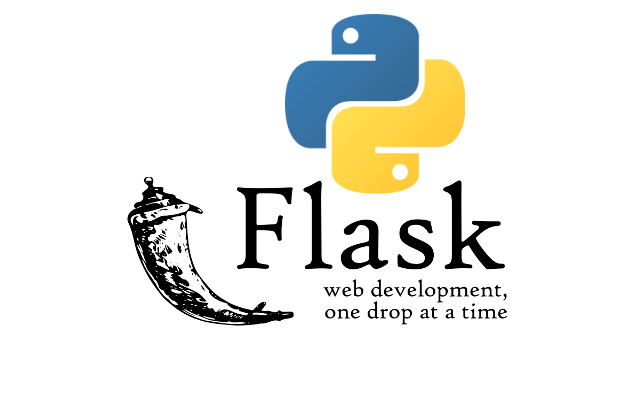
Flask, inspired by the Sinatra Ruby framework, is available under the BSD License. It is dependent on the Jinja2 template and the Werkzeug WSGI toolkit. The central vision behind Flask was to help create a solid web application foundation.
The central vision behind Flask was to help create a solid web application foundation, and the Sinatra Ruby framework inspired it. Flask is available under the BSD License, and it depends on the Werkzeug WSGI toolkit and Jinja2 template.
Flask is chosen for almost all kinds of projects. It is a default choice for any web project that is not a match for Django. Flask’s lightweight and modular design make it ideal and adaptable to developers’ requirements.
It was updated 27 times since its launch in 2010 and has remained one of the leading growing Python frameworks for web development. Numerous Flask extensions are no longer supported: the documentation is obsolete and no longer developed.
3. AIOHTTP
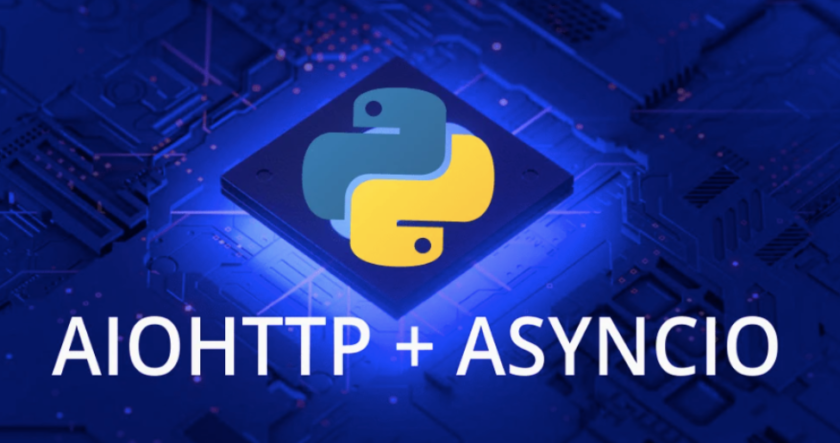
The python framework is an asynchronous framework as it utilizes the Python Asyncio library. It is a Python framework that depends heavily on Python 3.5+ features like Async and awaits.
AIOHTTO can also serve as a client framework as a server web framework. It provides a request object and router to allow the redirection of queries to functions designed to handle the same.
4. CherryPy
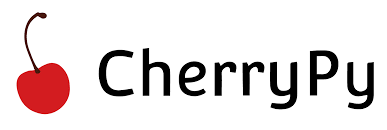
It is one popular open-source and object-oriented Python framework that pursues a minimalistic approach. The micro-framework debuted in the June of 2002; is one of the oldest Python frameworks.
—Any CherryPy-powered web application is a standalone Python application with its own embedded multi-threaded web server and runs on any OS with support for Python. Such an app can be deployed anywhere an ordinary Python app is able to run.
Choosing a Python web frameworks
To effectively develop a successful project, all you need to do is select a proper framework. Looking at the above-given details in this article, choose the appropriate web framework depending on the size and needs of the project and communication needs, customization, and anything else you are looking to implement in your project.
Here, you will also be dependent on the developer’s personal choice and working style. The developer should be comfortable with coding.
Eric Watson is a content writer @ GoodFirms – a rating agency that offers a level playing field to all mobile app, software development, and python development companies. He has a Master’s degree in Journalism and is an avid non-fiction reader.



